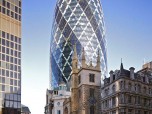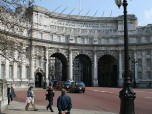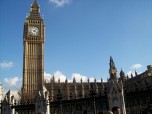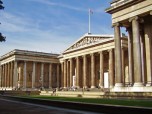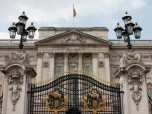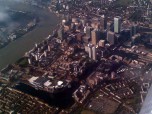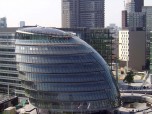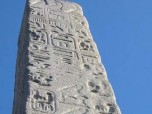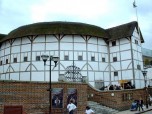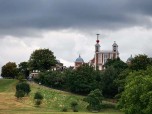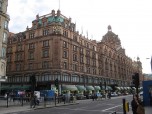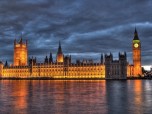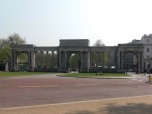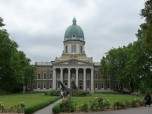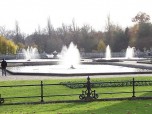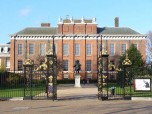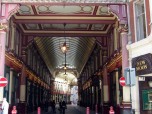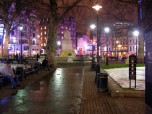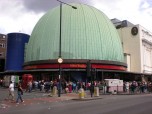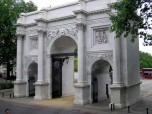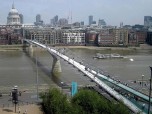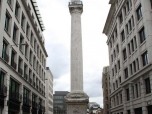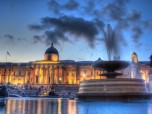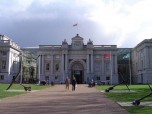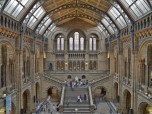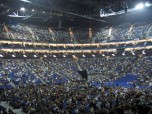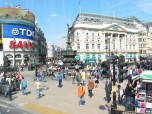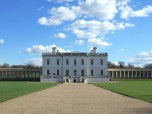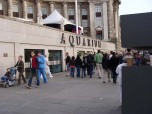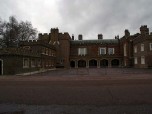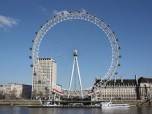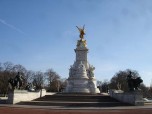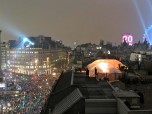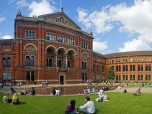St James’s Park is one of the oldest parks with royal status in London. It is situated in Westminster in the center of the city. The park is found at the very most southern point of the area in London known as St James’s. The area got its name from a hospital for lepers dedicated to Saint James the Less.
Overview
Covering 58 acres in total, St. James’ park is central to the city and is also the location for national celebrations and parades. Many different types of wildlife are found at the park such as owls, bats, and woodpeckers. There are even pelicans that are fed each day at 2:30 PM. In the summer, deckchairs are available as well as a play area for children. Visitors can also watch the changing of the guard. There are toilet and disabled facilities at the park as well as four refreshment kiosks and a contemporary British restaurant.
History of the Park
The area of land on which the park lies was originally purchased from Eton College by Henry the 8th in 1532. The area was a marsh and the Tyburn flowed through it. When James I came to the throne in 1603, he ordered for the park to be drained and then landscaped. He also kept exotic animals at the park such as crocodiles, elephants, camels and birds.
French Influence
It was during the reign of Charles II that the park was then redesigned into a more formal style, with the designing being carried out by André Mollet. Charles II had gained his inspiration for the new design from French parks during his time there in exile. Upon completion the park was then opened to the public. The park was then used to entertain guests, as well as mistresses of Charles II. In the 17th and 18th century, cows grazed at the park and fresh milk could be found on sale. Ever since being opened to the public the park has attracted many thousands of visitors every year.

